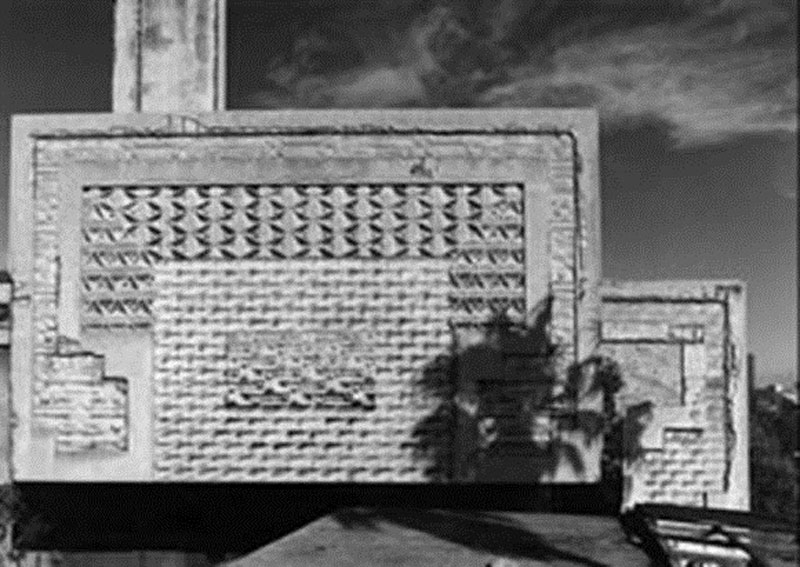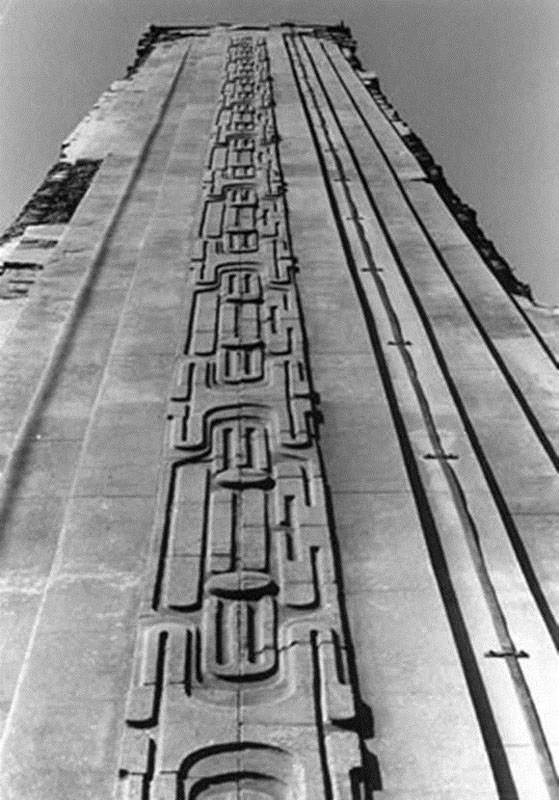Silk
Date Built: 2012
Architect: Tony Caro Associates
19 storeys, 88 apartments, 12 terraces. Overlooks Waterfront Park. Site of CSR storage tanks
Sugar Dock & Silk
1950
By 1900 CSR’s sugar refinery dominated the landscape, and CSR had little interest in the hill above the refinery. That changed abruptly in 1900. Many sugar mills, including CSR’s mill at Nausori in Fiji, distilled alcohol by adding yeast to molasses. Australian Federation, the White Australia policy and tariff preference for sugar produced by white labour, raised the risk that Fiji spirits might be barred from Australia. The Nausori distillery closed, and a new facility was built at Pyrmont.
The distillery produced industrial spirits as well as rum, helped by a carbon dioxide plant (1905) and a char plant (1910). Down the hill (now described as Distillery Hill) marched rows of vats, first to ferment molasses, and later to store a range of industrial chemicals.
Across Bowman Street, another industry took shape in the 1940s, replacing the Iron Works which was closed and sold to CSR in 1937. CSR had the engineers and the capital to grasp new opportunities. As the Depression lifted and demand revived for building material, CSR built a caneite factory on the foreshore from Glebe Island Bridge to the refinery. As caneite is made by pulping megass (cane after sugar is extracted) and adding paper and eucalypt, this complemented sugar production. By 1939 caneite production was ten million square feet each year: by the 1950s it had grown to forty million. Encouraged by the success of caneite, CSR expanded into other materials including gyprock and – fatefully – asbestos.
From the 1940s onwards, Distillery Hill was a fully enclosed industrial complex: traffic entered Bowman Street through a gate, between the caneite factory on the shore and storage tanks on the slope; and the only traffic was road tankers and staff cars.










